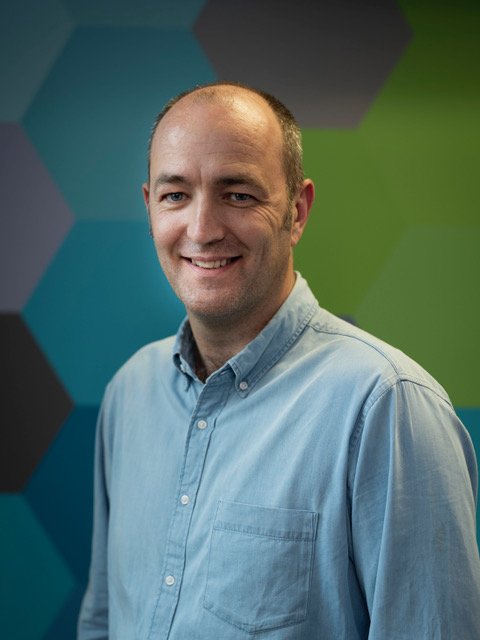News
Helping young people ‘live the life they choose’
Many may not realise there is a community resource designed to identify and manage young patients with emerging psychosis – headspace.
 Youth psychosis is a disorder that can have good outcomes if identified and treated early.
Youth psychosis is a disorder that can have good outcomes if identified and treated early.
Hallucinations, confused thinking, extreme changes in behaviour that are difficult to understand or explain.
The onset of psychosis can be frightening.
It is also a disorder that tends to emerge in youth – usually by the teens or 20s. But although psychosis is surrounded by stigma and misunderstanding, it is far from a life sentence, particularly if it is identified early.
‘We know early intervention is the best chance to increase, not only the time to recovery, but the quality of the recovery for the young person experiencing psychosis,’ headspace National Clinical Adviser Simon Dodd told newsGP.
‘So not only a symptom reduction, but also a functional recovery – getting the young person back to the highest level in their life that they can be.’
Mr Dodd believes GPs are instrumental in helping to identify psychosis in young people, as they are the health professionals who will most commonly see this population.
Because of their key role, he wants to direct GPs to the resources offered by headspace, a service designed specifically to deliver mental health services to young people between the ages of 12–25 –the prime age-range for first onset of psychosis.
headspace recently released an early psychosis referral checklist to help GPs and other health professionals more easily identify the signs of psychosis for referral and diagnosis.
Mr Dodd outlined ‘classic’ symptoms, including decreasing levels of capacity over weeks and months; sub-threshold symptomology, such as illusions rather than hallucinations; changes in thinking and some unusual ideas, rather than full threshold delusional ideas; and psychotic symptoms that self-resolve.

Simon Dodd, National Clinical Adviser at headspace, wants GPs to know that some of the organisation’s centres offer a treatment program for young people experiencing psychosis.
He also wants to raise awareness among GPs that some headspace centres can help in a more direct way, as places to which young patients with emerging psychosis can be referred for treatment within the headspace early psychosis program.
The program is funded by the Federal Government and has been supported by Orygen, the National Centre of Excellence in Youth Mental Health, since 2018.
‘The headspace early psychosis program is delivered in six core sites and there are 14 locations connected to those sites. Basically, there’s one in each state, except for Tasmania,’ Mr Dodd said.
If there is a headspace site in their area that can deliver the program, GPs can refer patients and their families there in order to access treatment services specifically designed for young people.
‘We think it’s a bit more accessible for young people and their families, to go to a place that’s more youth-friendly,’ Mr Dodd said.
Mr Dodd recommends GPs connect with their local centres to learn more about their services before making referrals.
‘We’d suggest contacting the headspace before you need to refer. There are some local differences, and it’s always a good process to build up those relationships with the centre and talk to their intake program and find out what is needed to make a useful referral,’ he said.
headspace early psychosis program services and treatment often integrate a patient’s entire family, which headspace recommends where possible.
‘It is the case that sometimes young people don’t want their family involved, and sometimes there’s very legitimate reasons for that,’ Mr Dodd.
‘But that’s never something we would suggest as a closed door. It might be closed at the moment, but we certainly [encourage] the engagement of the young person’s family, and will continually ask the young person to engage them.
‘And, in reality, even with intensive support the young person is with their family the majority of the time. Most people who have the first episode of psychosis are usually at home, or they return to home if they’re in places like university.’
The headspace early psychosis program is focused on a holistic approach, which headspace regards as best-practice for young people experiencing psychosis.
‘Medication and psychotherapy are quite good at getting rid of positive symptoms, that’s hallucinations, delusions and thought disorder,’ Mr Dodd said.
‘But it’s the functional recovery, those negative symptoms – anhedonia, anergia, those sorts of things – that are much harder to work on and need a bit more muscle involved in the therapy side and the treatment.
‘Those really take longer to respond to intervention – and they usually respond to interventions, not the medication-based, but rather therapy, family and vocationally based.
‘So that’s why a holistic approach to the treatment is really preferred.’
Mr Dodd wants to ensure GPs know the headspace early psychosis program is available.
‘The earlier psychosis is diagnosed, the sooner we can turn it around. With the right support, a young person can get back to living the life they choose,’ he said.
‘Psychosis gets in the way of that, and GPs have a really important role in helping with this process.’
Log in below to join the conversation.
headspace mental health psychosis young people
newsGP weekly poll
Health practitioners found guilty of sexual misconduct will soon have the finding permanently recorded on their public register record. Do you support this change?